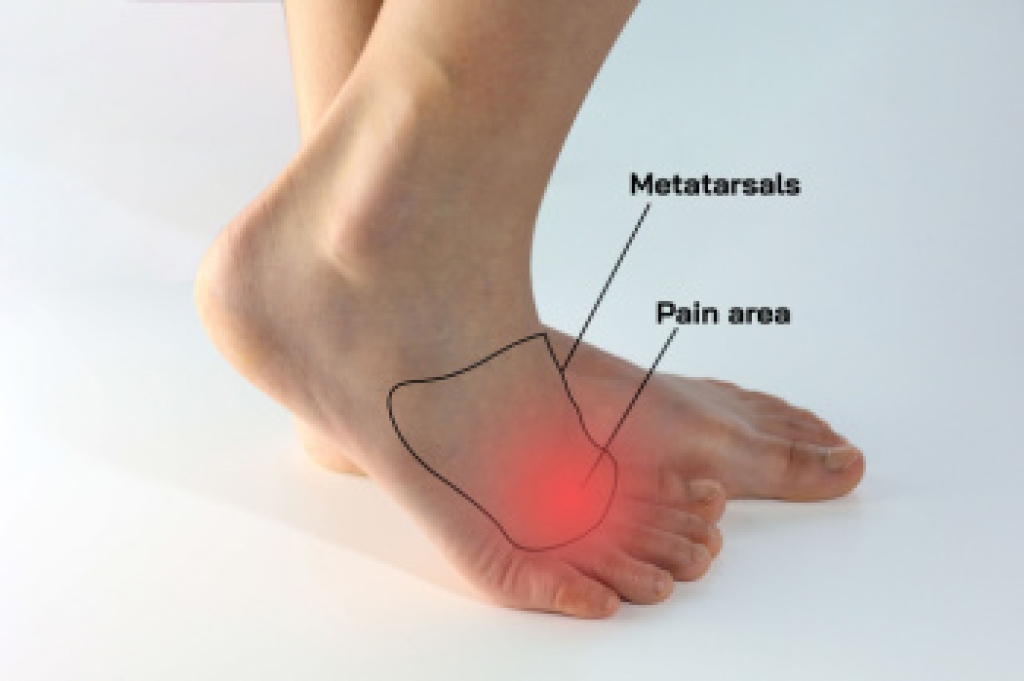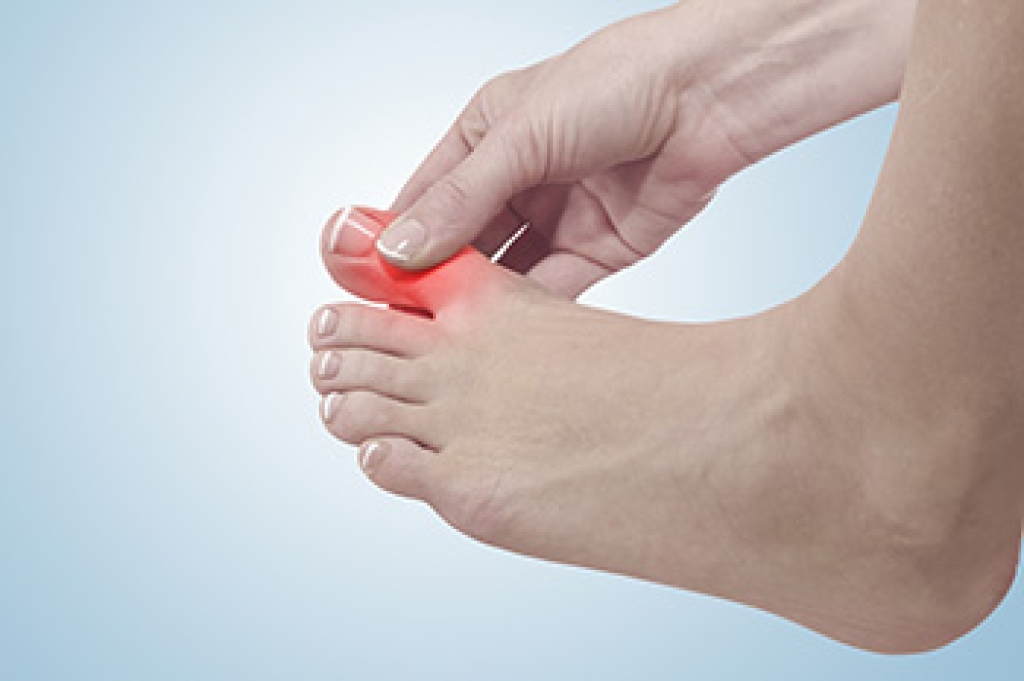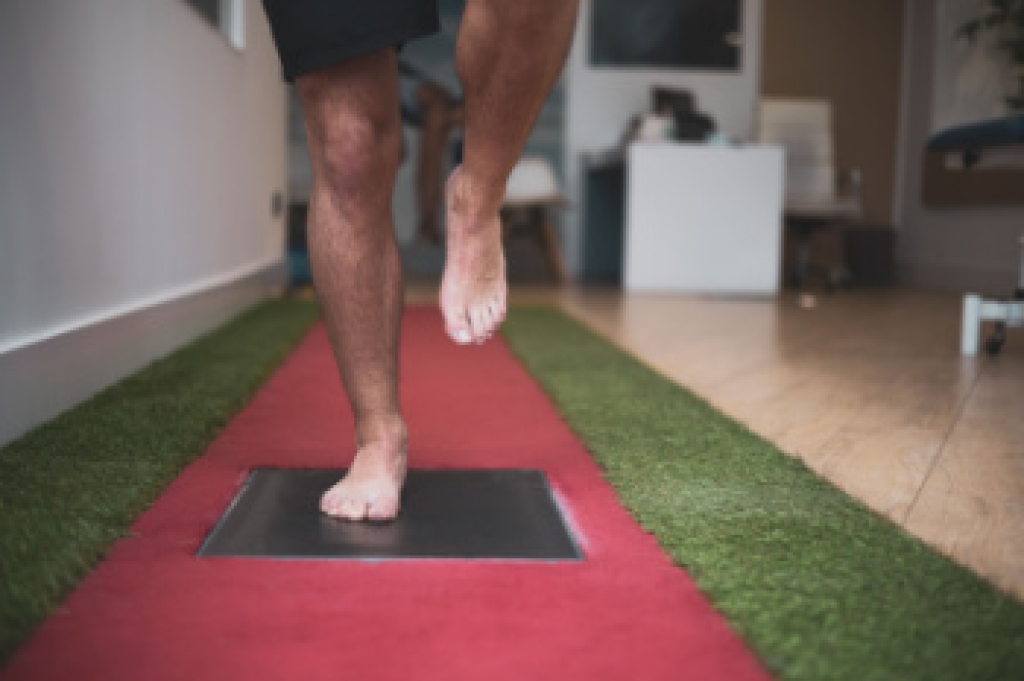
Morton’s neuroma is a painful condition that affects the nerve between the third and fourth toes, often caused by thickening of the nerve tissue. Symptoms include sharp, burning pain that shoots between the toes, tingling, or the feeling of standing on a pebble. Common causes include wearing tight or narrow shoes that compress the toes, having flat feet, or existing conditions such as bunions that alter foot alignment. A podiatrist can diagnose Morton’s neuroma through an examination and imaging tests, then provide treatment options, such as footwear modifications, custom orthotics, or anti-inflammatory therapy to relieve pressure and pain. If you have pain in this part of your foot, it is suggested that you consult a podiatrist who can accurately diagnose and treat the problem.
Morton’s neuroma is a very uncomfortable condition to live with. If you think you have Morton’s neuroma, contact one of our podiatrists of Comprehensive Foot & Ankle Center. Our doctors will attend to all of your foot care needs and answer any of your related questions.
Morton’s Neuroma
Morton's neuroma is a painful foot condition that commonly affects the areas between the second and third or third and fourth toe, although other areas of the foot are also susceptible. Morton’s neuroma is caused by an inflamed nerve in the foot that is being squeezed and aggravated by surrounding bones.
What Increases the Chances of Having Morton’s Neuroma?
- Ill-fitting high heels or shoes that add pressure to the toe or foot
- Jogging, running or any sport that involves constant impact to the foot
- Flat feet, bunions, and any other foot deformities
Morton’s neuroma is a very treatable condition. Orthotics and shoe inserts can often be used to alleviate the pain on the forefront of the feet. In more severe cases, corticosteroids can also be prescribed. In order to figure out the best treatment for your neuroma, it’s recommended to seek the care of a podiatrist who can diagnose your condition and provide different treatment options.
If you have any questions, please feel free to contact our offices located in Lehigh Ave and Nazareth Hospital in Philadelphia, Collegeville Darby, and Langhorne, PA . We offer the newest diagnostic and treatment technologies for all your foot care needs.




